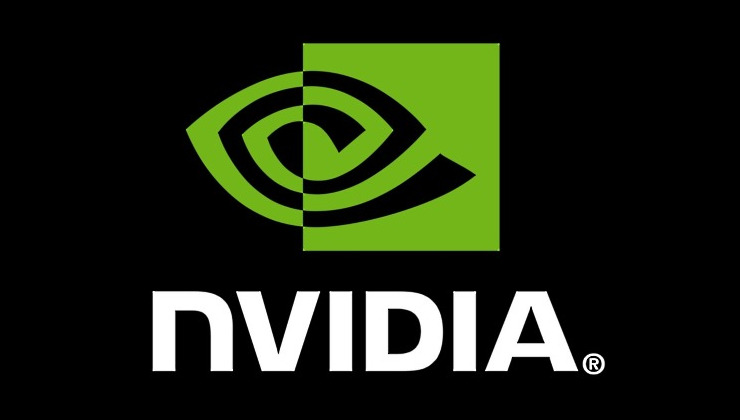It’s a weird time to live in, but not confusing. It’s obvious to see that what you really want as a vendor is control over the operating system stack itself, and relying on Microsoft has become challenging.
In essence what NVIDIA is doing is bringing it’s entire GPU driver stack open source side, so that entire industries say go on buying tons more hardware.
Us Linux enthusiasts get to reap the benefit, what with entire open source movements bringing libraries to Linux side first that can turn GPU hardware into whatever tool you’d like. Projects like PyTorch and ffmpeg run as first class citizens on Linux.
Windows still relies on either shared DotNet stack (which will make a monkey out of you - cough cough) or the nearly ancient MSYS2 build environment. Microsoft of course prefers you run all that software inside their Linux container system known as WSL - and there’s a reason for that.
The Linux graphics stack is looking more “feature complete” by the month, bringing up the question of where you actually get the best hardware support. This is a good question to have.
Now, if only the open source desktop movements could clean house, figure out funding and get their stacks in order, we might finally, for the umpteenth time, maybe see the year of the Linux desktop.
I grow old with anticipation, but seeing what NVIDIA did in the before time versus what they do in the now puts a smirk on this haggered face.
Onwards to the future.
You seem to trust Nvidia. I don’t.
You seem to conflate “trust” with “optimism”.
Let me just make it clear, having kernel land drivers and user space drivers open source and working together is a good thing.
Sure, you’ll have to agree to a licence when installing CUDA, which will probably never be open source, but as long as the GPU hardware can be used out of the box with open source drivers means that we’ve come a long way.
Trust their motivation. They are worried that ai including LLM processing will be mainly on Linux and they’ll be left behind. They are just following where they think the money will be. It just happens to be good for Linux and consumer choice, but that’s a side effect, not the reason.
Personally i still got Windows on a second SSD for gaming as ive had a more reliable experience there than on any linux i’ve used as daily drivers (Arch, Endeavour, Debian and now Fedora 40)…
That being said, does this mean better compatibility with, say, Wayland for example ? I would like to completely ditch Windows but this aspect has been holding me back from a complete switch for years.
Wayland Nvidia compatibility will be here soon™ Nvidia drivers needed explicit sync, which was not supported in Wayland. However, explicit sync has been merged into the Wayland protocol and should be here shortly. Gnome 46.1 already ships with it.
I do not understand fully but maybe drivers need a bit of configuration too to use this? I’m not sure of all the steps but it should be here soon
I’ll hold the cake until they deliver, and after that credit when due
Please. I hate all the incompatibility when trying to build a custom kernel.
If they’re proactive about taking patches this will really help reduce issues with the dkms driver
I just wish they’d support older cards as well with the new open source stuff.
as a 1050Ti owner (which still is more than enough for my usage), same
yeah it’s a bit sad. My 1080ti is still strong enough to support modern day games, and I couldn’t care less about ray tracing. Pretty annoyed with the fact they don’t support older cards.
Yeah, my 1070 is still going very strong.
Is there a list of the supported gpus?
Right there https://github.com/NVIDIA/open-gpu-kernel-modules?tab=readme-ov-file#compatible-gpus
All the RTX-es (2xxx, 3xxx, 4xxx) and some newer quadro cards
Thank you. I have a 1080ti. Am I SOL?
You will still get updated closed source driver








